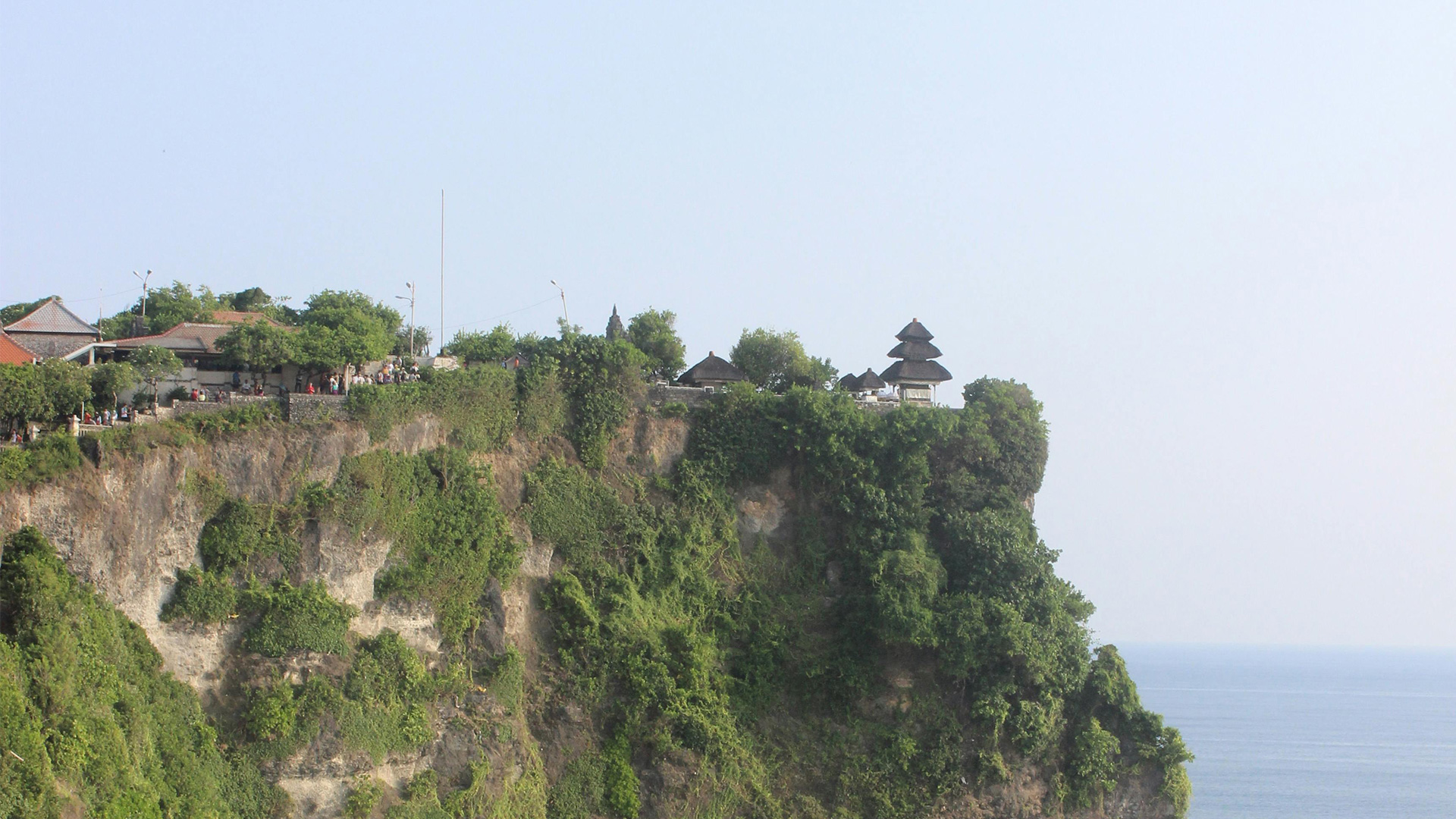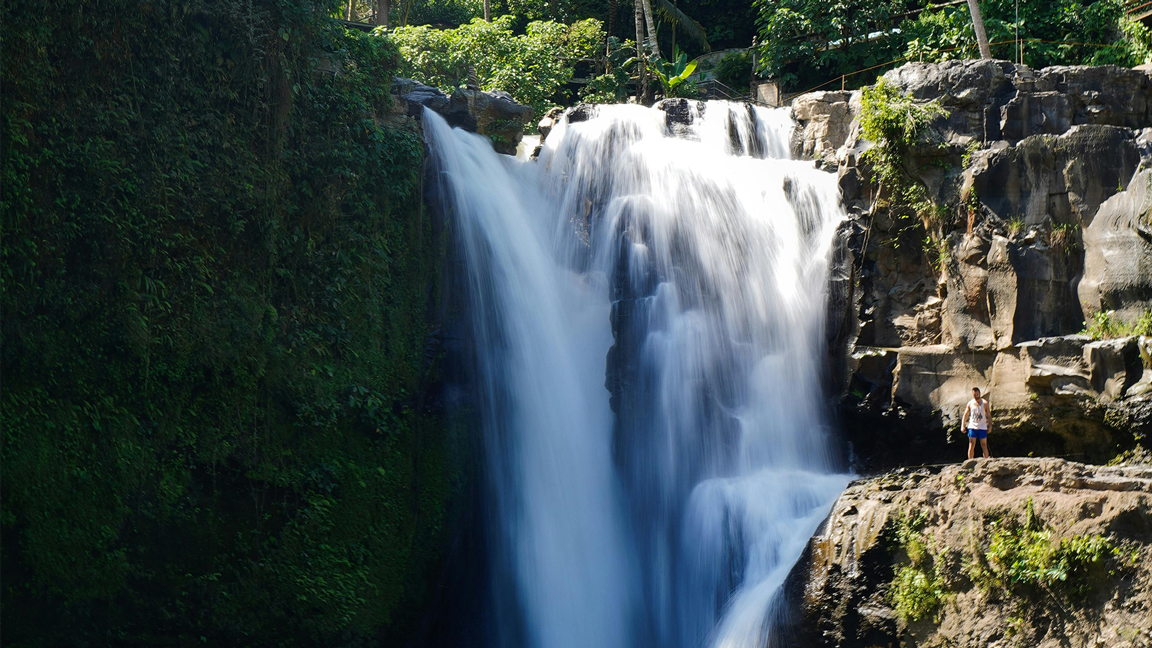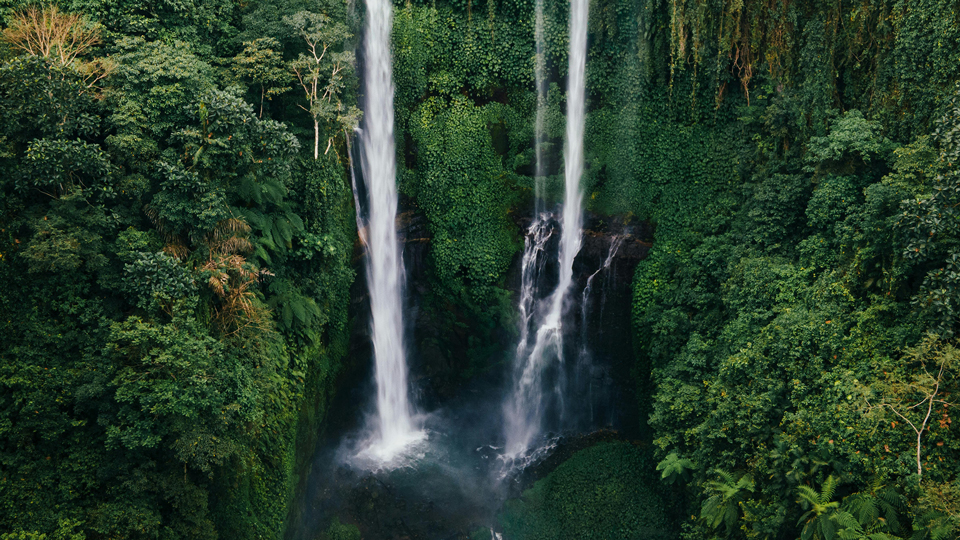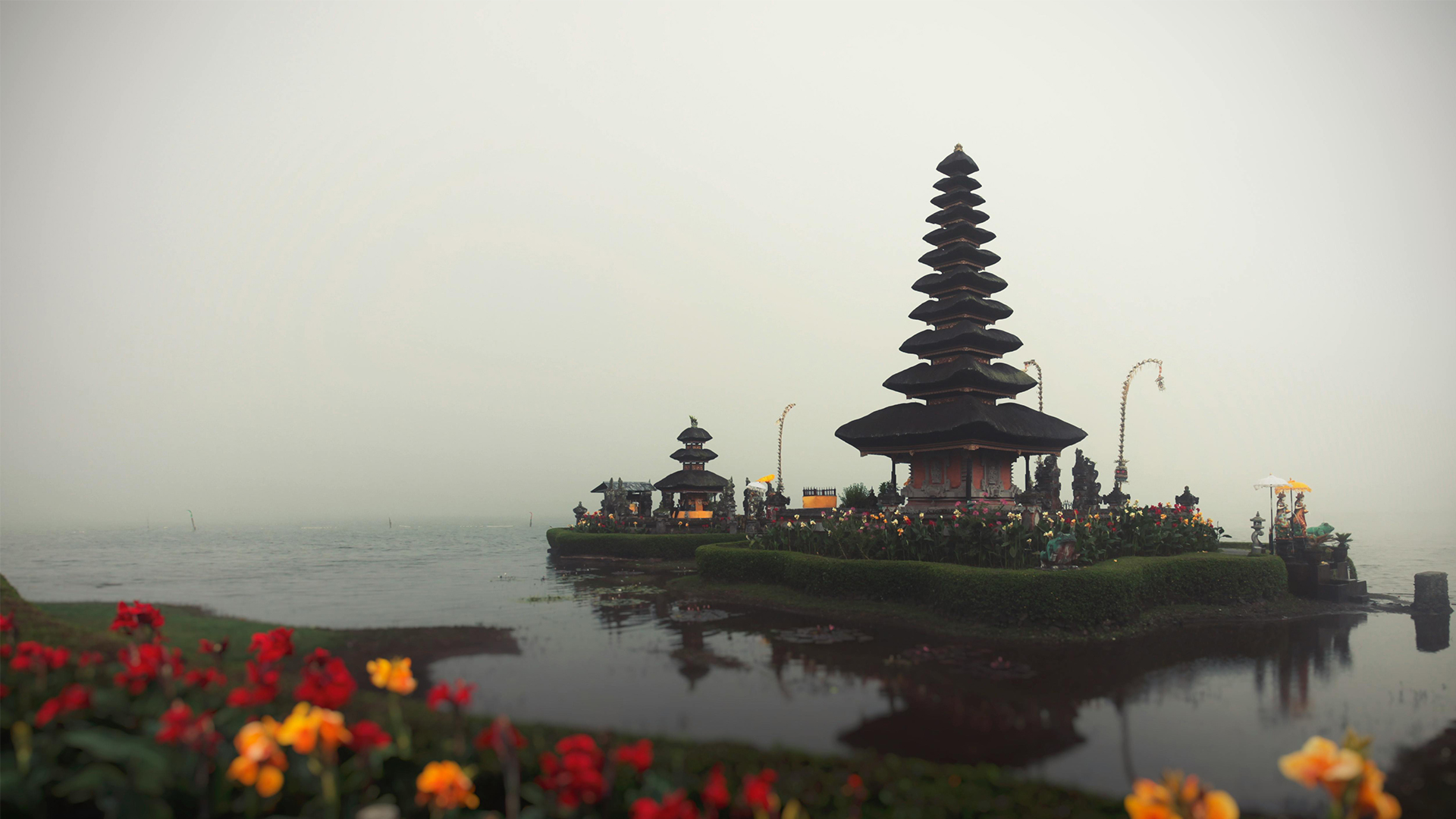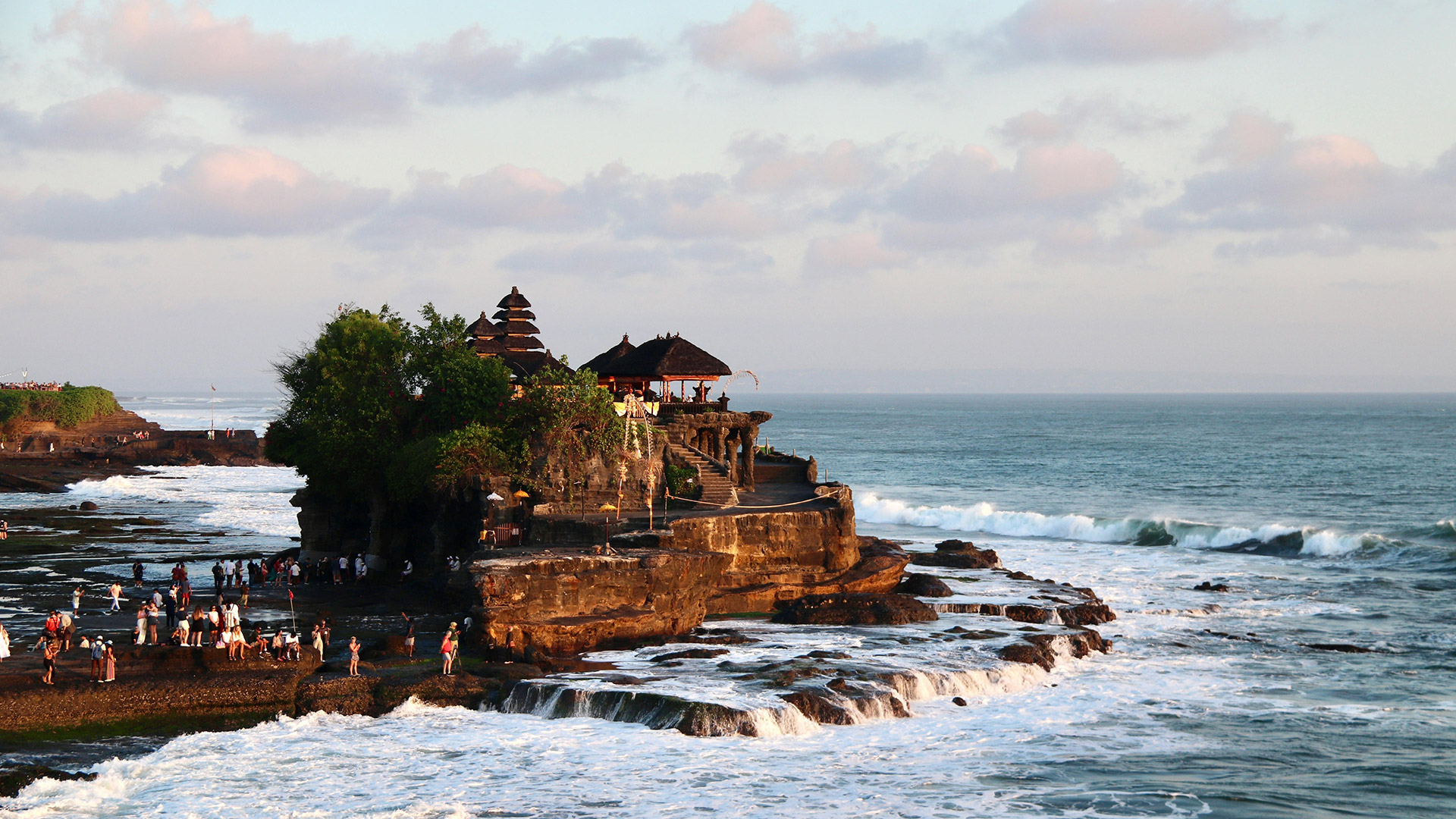Uluwatu Temple: Bali's Cliffside Sanctuary with Breathtaking Ocean Views
Perched majestically on the edge of a steep cliff overlooking the Indian Ocean, Uluwatu Temple is one of Bali’s most revered spiritual sites and a breathtaking destination for travelers. The Uluwatu Temple experience combines the island's rich cultural heritage with awe-inspiring natural beauty, offering a journey that is both spiritually enriching and visually captivating.
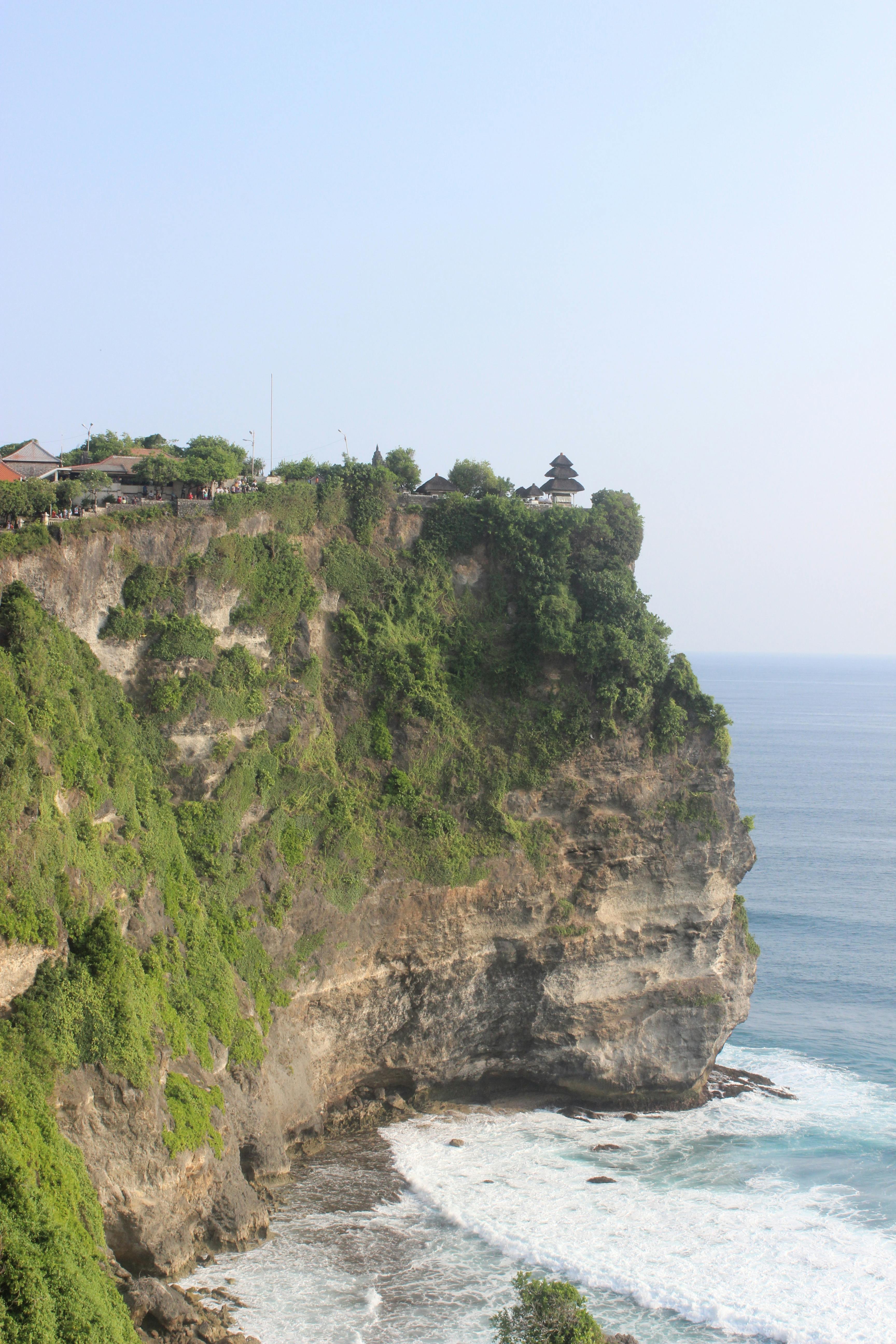
The Spiritual Essence of Uluwatu Temple
Uluwatu Temple, known locally as Pura Luhur Uluwatu, is one of Bali’s six key temples, believed to be a spiritual pillar that protects the island from evil spirits. The name “Uluwatu” comes from the words “ulu,” meaning “land’s end,” and “watu,” meaning “rock,” reflecting its dramatic location at the southernmost tip of Bali. The temple is dedicated to the spirits of the sea and is an important site for Balinese Hindus, who come to offer prayers and participate in rituals throughout the year.
The spiritual atmosphere at Uluwatu Temple is powerful, especially during the temple’s religious ceremonies. These events, marked by offerings of flowers, fruits, and incense, along with traditional music and dance, provide a window into the deep spiritual practices that are central to Balinese culture. Visitors who attend these ceremonies gain a profound appreciation for the island’s religious traditions and the role of temples like Uluwatu in daily life.
THINGS TO DO
1. Witnessed the Panorama of the Nature
Uluwatu Temple is not only a spiritual haven but also a natural wonder. Its location on a rugged limestone cliff, 70 meters above the crashing waves of the Indian Ocean, offers one of the most stunning vistas in Bali. The temple’s position makes it an ideal spot for watching the sunset, where the sky is painted in hues of orange, pink, and purple, creating a mesmerizing backdrop against the silhouette of the temple.
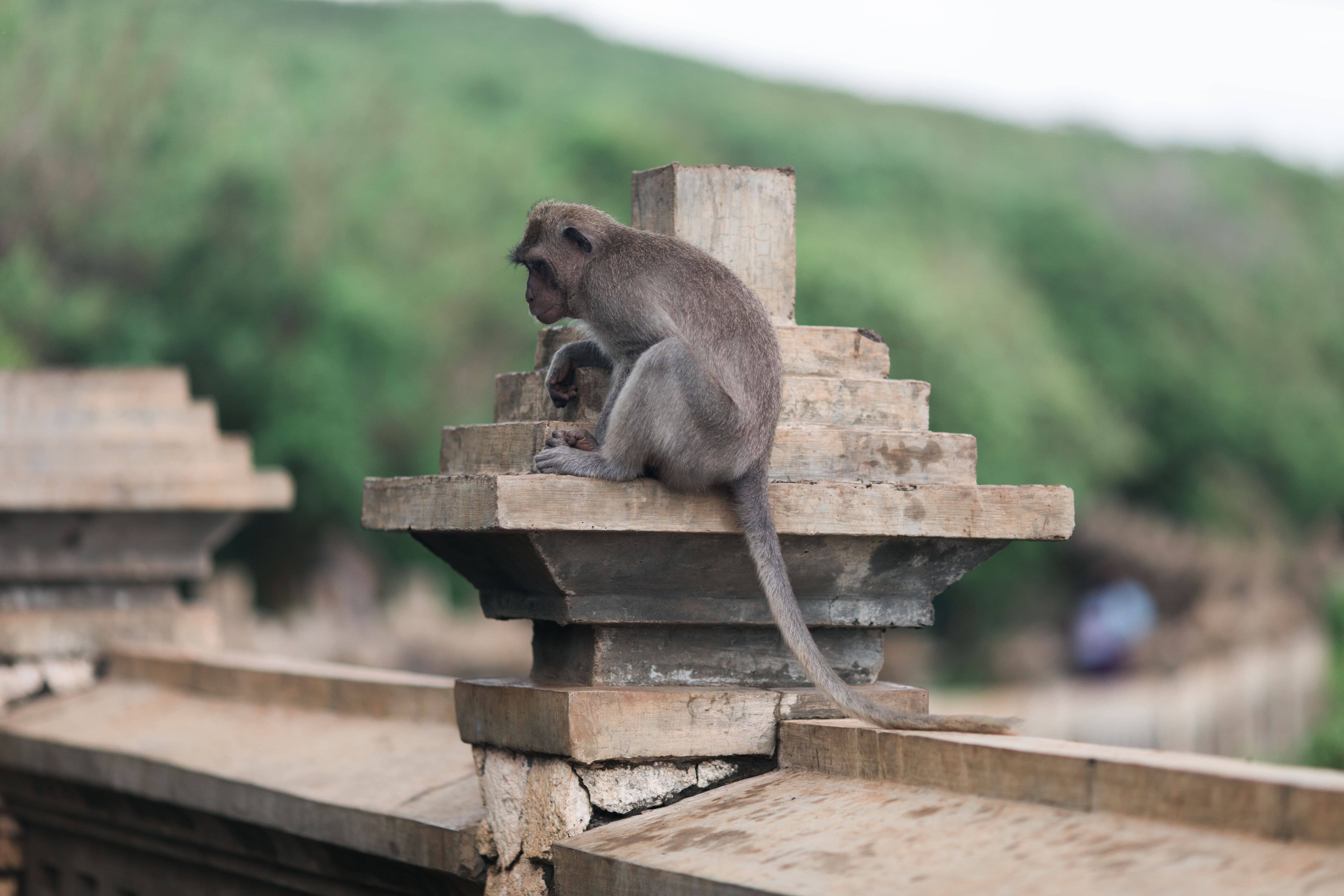
Adding to the charm of Uluwatu are the playful monkeys that inhabit the area. These mischievous creatures are a popular attraction and often interact with visitors. While exploring the temple grounds, you can observe and play with the monkeys, but be mindful of your belongings, as they are known for their curiosity and quick hands! The presence of these monkeys adds a lively and entertaining aspect to your visit, making the experience even more unforgettable.
2. Enjoy The Kecak Dance Performance
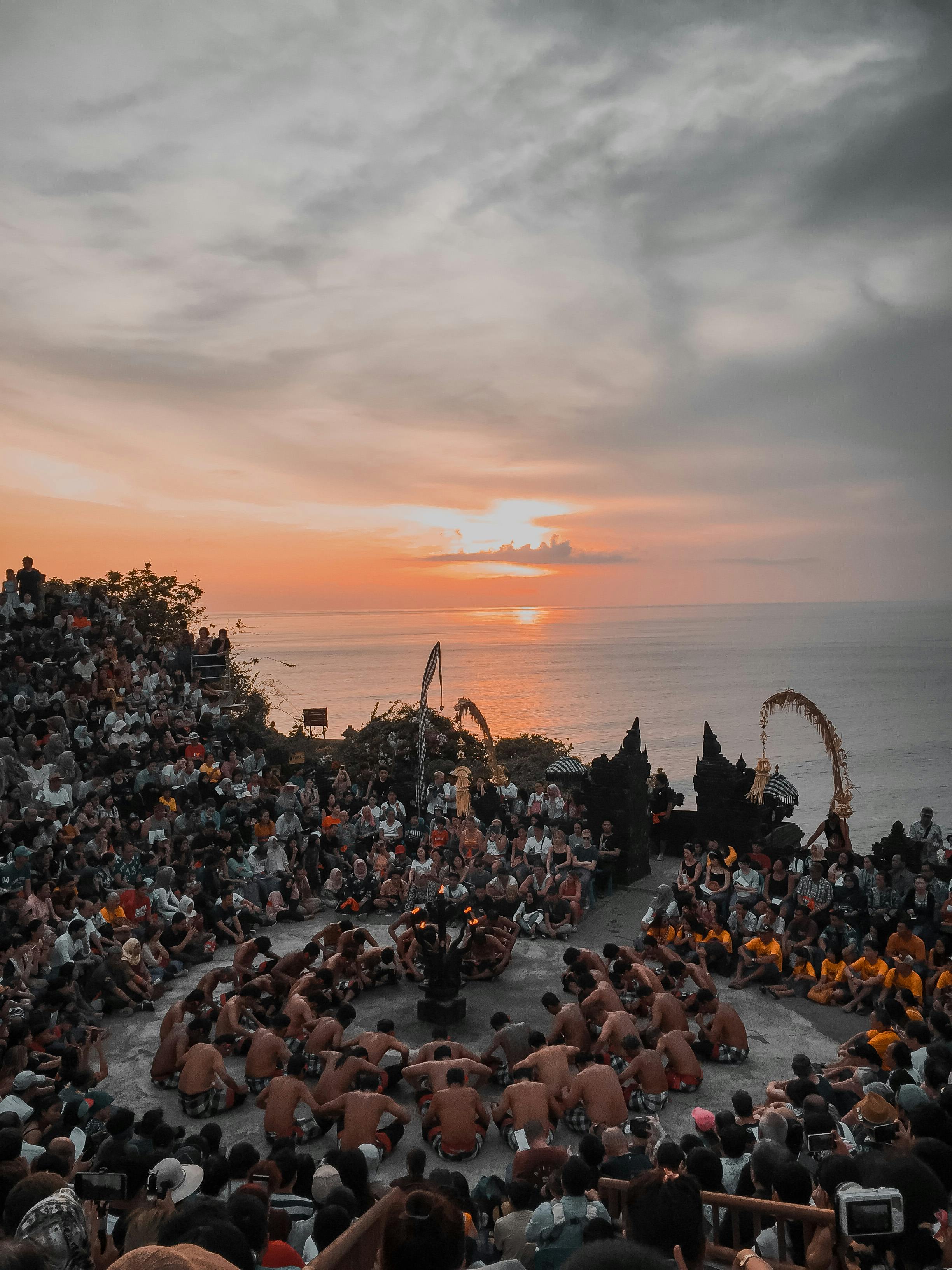
One of the highlights of the Uluwatu Temple experience is the famous Kecak dance, performed daily at sunset in an open-air amphitheater near the temple. This traditional Balinese dance, also known as the “monkey chant,” is a dramatic retelling of the Ramayana epic, where a chorus of chanting men create a hypnotic rhythm as they reenact the battle scenes between the forces of good and evil.
The Kecak dance at Uluwatu is a captivating spectacle, not only for its cultural significance but also for the stunning setting in which it takes place. As the sun sets behind the dancers, the flickering flames of the torches and the rhythmic chants create an unforgettable ambiance. The performance, combined with the temple’s spiritual energy and the natural beauty of the surroundings, leaves a lasting impression on all who experience it.
3. Exploring The Nearby Tourist Attractions
- Padang Padang Beach, the distance is about 10 kilometers (15 minutes by car). We can see a beautiful sandy beach with clear waters, popular for surfing and sunbathing. It’s known for its unique cave entrance and stunning rock formations.

- Suluban Beach is located around 9 kilometers (15 minutes by car) from the temple. A surf haven with a long stretch of sand, surrounded by impressive cliffs. The beach is accessible via steep steps and has a relaxed atmosphere with beachfront cafes.
- Garuda Wisnu Kencana Cultural Park, a cultural park featuring the massive Garuda Wisnu Kencana statue, dedicated to the Hindu god Vishnu and his mythical mount Garuda. The park also hosts cultural performances and traditional dance shows. The distance is approximately 14 kilometers (20 minutes by car).
Practical Tips for Visiting
To fully enjoy the Uluwatu Temple experience, it’s best to visit in the late afternoon, allowing time to explore the temple grounds before the sunset and the Kecak dance performance. Given the temple’s popularity, arriving early will help you secure a good spot for viewing the sunset and the dance.
The temple is home to a large population of monkeys, which are known for their mischievous behavior, particularly when it comes to snatching belongings from unsuspecting visitors. It’s advisable to keep a firm grip on your sunglasses, hats, and other loose items.
As with all temples in Bali, visitors should dress modestly out of respect for the sacred site. Sarongs and sashes are usually provided at the entrance for those who need them.
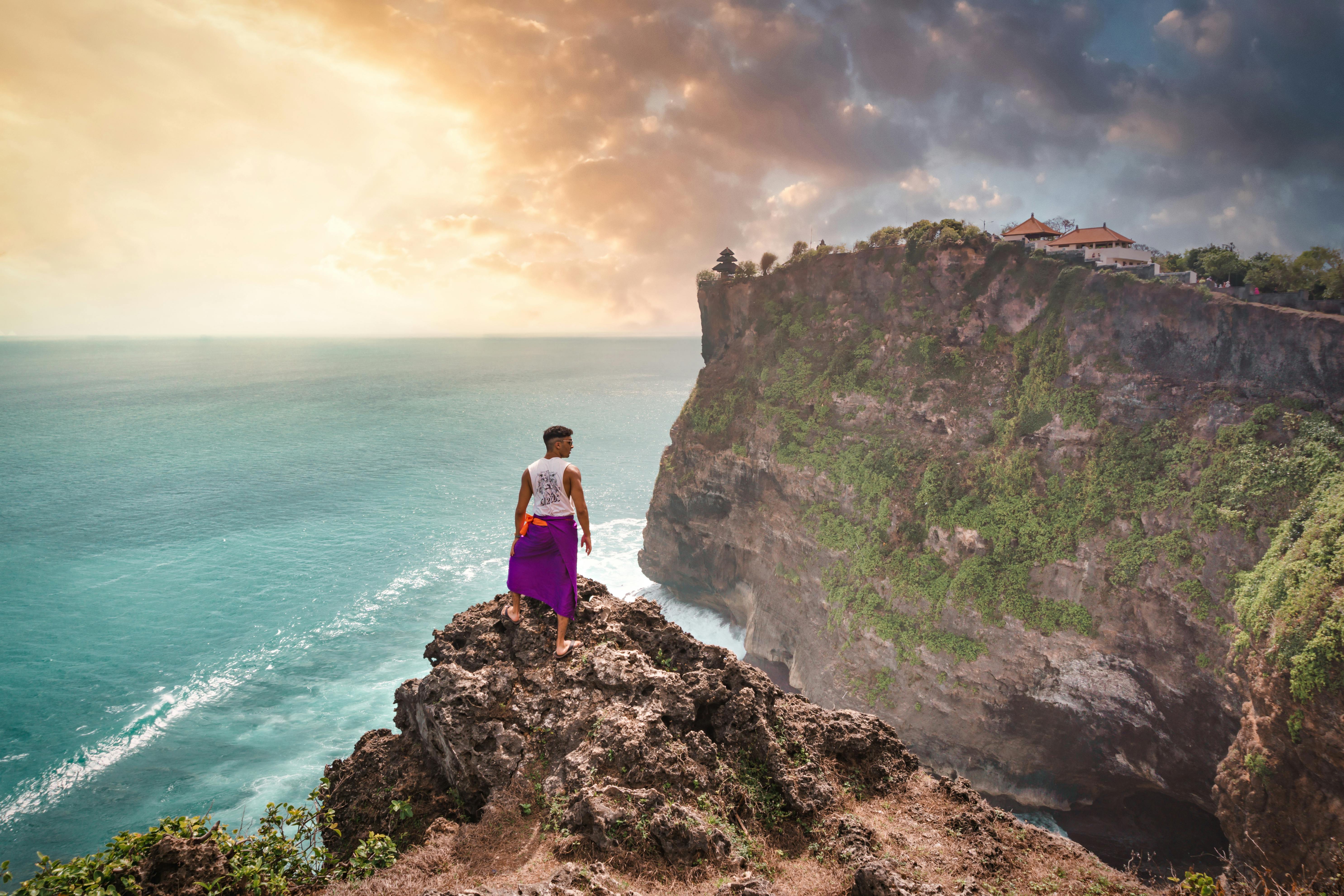
The Uluwatu Temple experience is a journey into the heart of Bali’s spiritual and natural beauty. Whether you are drawn by the temple’s religious significance, the dramatic ocean views, or the enchanting Kecak dance performance, Uluwatu offers an experience that is deeply immersive and profoundly moving. For those seeking to connect with Bali’s cultural heritage while enjoying some of the island’s most spectacular scenery, a visit to Uluwatu Temple is an essential part of any Bali itinerary.




